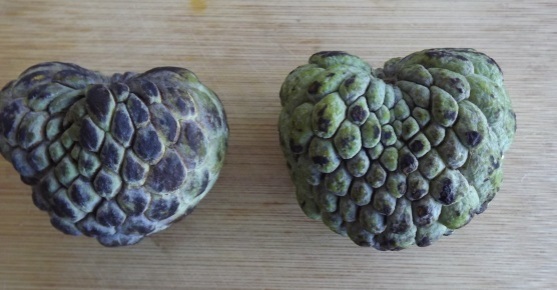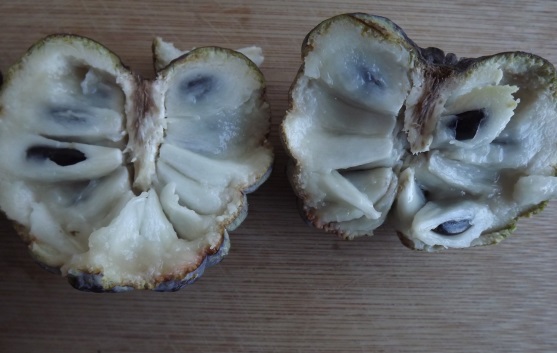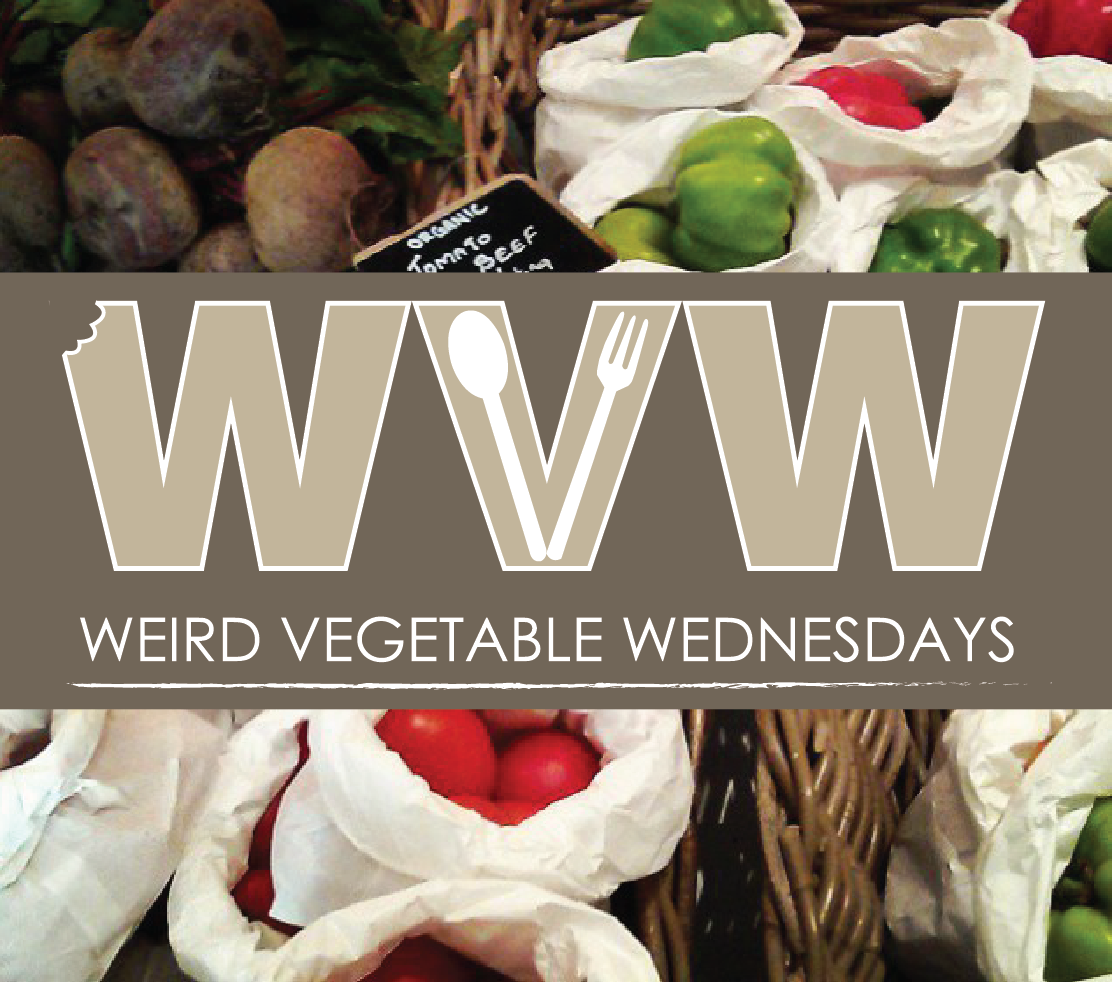
Name: Custard Apple (aka, the fruit that broke me) .
Appearance: I seem to have developed a strange and slightly worrying penchant for testing fruit masquerading as reptiles for WVW: this week’s candidate, the custard apple, is covered with pale-green, black-flecked scales, like a sun-damaged gecko. My particular specimen is also heart-shaped, which does little to endear it to me; after my encounter with the snake fruit, I think I have good reason to be cautious of fruit with scales.
I give it a cautious sniff: aside from a vague whiff of tropical vegetation – to which you quickly become accustomed once you decide to taste weird fruit and vegetables as a hobby – it has no discernable scent.
Where do they eat it? Custard apples are native to South America, but now grow across the world, including Asia and Australia. My Lebanese friend reliably informs me that they are fondly known as kushtah in Lebanon, and are consumed as part of dessert. To each their own.
Cost and sourcing: I found my custard apple in Al Safa supermarket on Electra Street. It costs 28 dirhams per kilo; my pack of two cost AED 7.40.
Preparation: Don’t eat the scales or the black seeds. Split the custard apple in half and scoop out the flesh with a spoon.

What does it taste like? Now, dear readers, I may hail from the land of the tasteless, but this Brit abroad would like to believe that she’s made of the same inner steel that propels our formidable rugby players to international stardom (in my dreams, perhaps). It is with a sense of deep shame, then, that I must report that the humble custard apple is the straw that broke this particular camel’s back: I rather go to pieces when confronted with the fruit’s grisly innards, and have to spend a good five minutes sternly persuading myself to eat it.
You see, I have a phobia of white foods (“white and weird things” being the colloquial term), possibly rooted in my slight dairy intolerance and innate disgust of fetid, oozing European cheeses. The custard apple is undeniably white and weird. Its internal structure is similar to that of a durian fruit, composing of soft, fleshy lobes and hard black seeds. Its sole redeeming feature is that its soft flesh does not smell repellant.
After a few moments of hand-wringing, I’m forced to face the inevitable: I created the beast that is WVW, and therefore I need to feed it. I need to eat the custard apple, in other words, no matter how white and weird it is. I extract a spoonful of curd-like flesh, fastidiously avoiding the black seeds, and taste it gingerly.
I suppose it goes without saying at this point that I find the sweet, creamy, cloying taste of the fruit, coupled with its squishy, clammy texture, actively repellent. I feel cheated – dairy is supposed to limit itself to mammalian sources, not disguise itself in the form of weird fruits, but I suppose with a name like custard apple I can scarcely claim to have been deceived. Feeling violated, I dispose of the rest of the apple and flee my flat.
Verdict: 0/5 Wrong. Just plain wrong.
